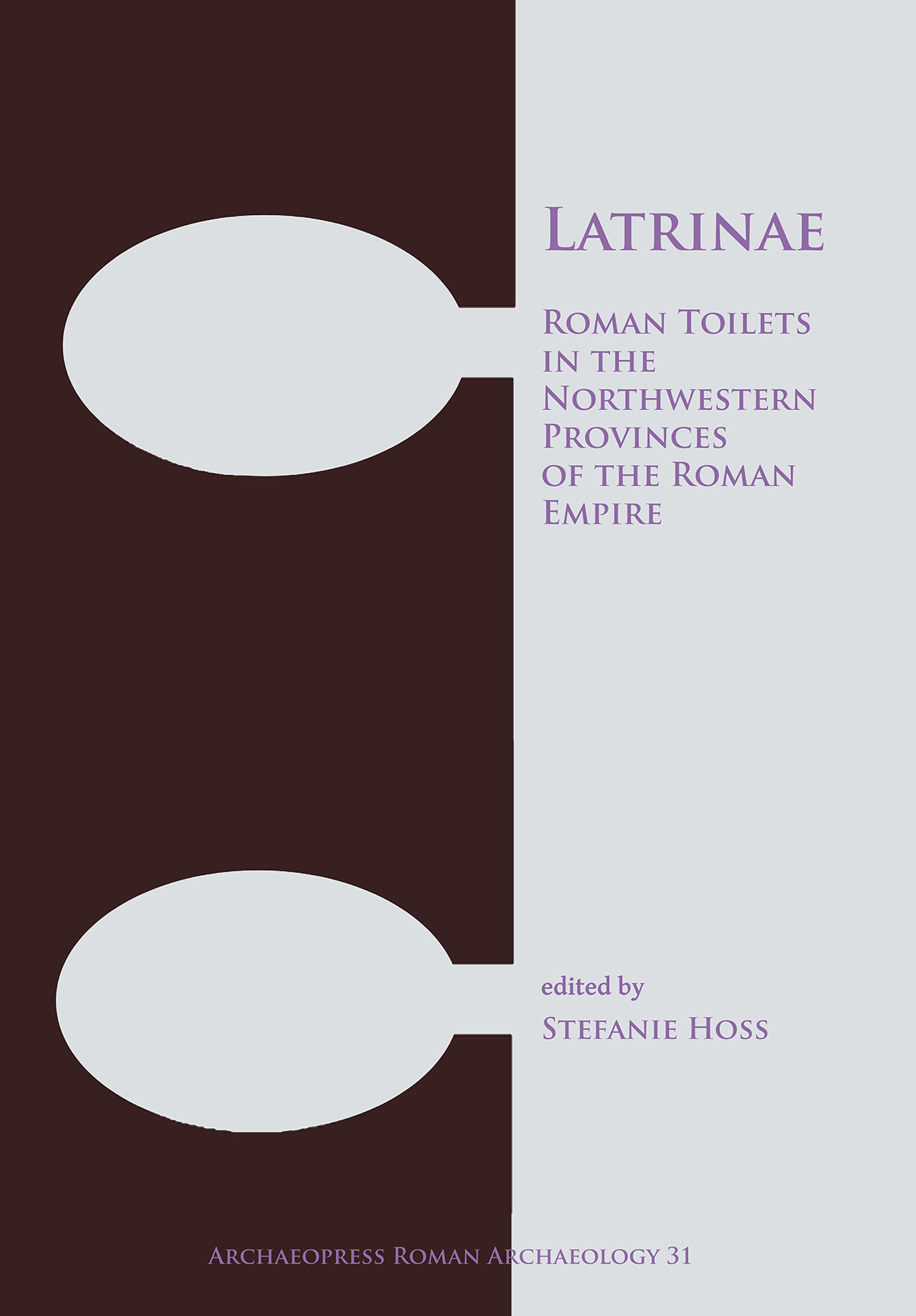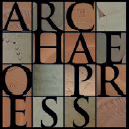
Publishing Scholarly Archaeology since 1997

Download Sample PDF
H 290 x W 205 mm
154 pages
Illustrated throughout in colour and black & white (56 colour plates)
Published Jan 2018
ISBN
Paperback: 9781784917258
Digital: 9781784917265
Keywords
Latrine; toilet; Roman; Western Europe; Northwestern provinces; Roman Empire; Diet; Waste; Food
Archaeopress Roman Archaeology 31
Latrinae: Roman Toilets in the Northwestern Provinces of the Roman Empire
Edited by Stefanie Hoss
Paperback
£35.00
Includes PDF
PDF eBook
(personal use)
£16.00
PDF eBook
(institutional use)
£44.00
This book is the first collection on Roman toilets of the northwestern provinces, and gives a good overview of the possibilities for human waste removal in Roman times. The volume provides a fascinating introduction to this under-researched group of Roman installations.
Contents
Introduction – Stefanie Hoss; Sewers or cesspits? Modern assumptions and Roman preferences – Gemma Jansen; The latrine at the Roman fort on the Antonine Wall at Bearsden – David J Breeze; Flushed with success – a Roman flushing installation in the latrines of the Great Bathhouse of the Colonia Ulpia Traiana near Xanten (D) – Norbert Zieling; The latrines of Roman Aachen – Andreas Schaub; An outhouse in the garden? – Looking at a backyard in the vicus of Bonn – Jeanne-Nora Andrikopoulou-Strack, Manuel Fiedler and Constanze Höpken; A bath with public toilets in the vicus of Bonn – Gary White; The Roman public toilet of Rottenburg am Neckar – Stefanie Hoss; Latrines connected to bathhouses in Germania inferior – an overview – Michael Dodt; Roman toilets in Nijmegen, Oppidum Batavorum and Ulpia Noviomagus, the Netherlands – Elly N.A. Heirbaut; Arlon, apport des découvertes récentes dans le vicus à l’examen des latrines gallo-romaines – Denis Henrotay; A Roman latrine near St. Kolumba in Cologne and its remarkable contents – Michael Dodt; Latrine pits in the Roman vicus of Vitudurum / Oberwintherthur (Switzerland) – Verena Jauch; A Roman cesspit from the mid-2nd century with lead price tags in the civil town of Carnuntum (Schloss Petronell/Austria) – Beatrix Petznek; Roman chamber pots – Beatrix Petznek; A Roman ‘Toilet bowl’ from Speicher (Eifelkreis Bitburg-Prüm, Rhineland-Palatinate, Germany) – Bernd Bienert; The meaning of stercus in Roman military papyri – dung or human faeces? Or: who is supposed to clean this shit up? – Kai Juntunen
About the Author
Stefanie Hoss is a post-excavation small finds specialist at Small Finds Archaeology in the Netherlands who also teaches at the University of Cologne. Her interest in toilets is connected to her first PhD on the culture of Roman bathing and the baths and thermae in Palestine (Cologne, 2002). In 2014, she earned a second PhD on Roman military belts at Leiden University. Apart from toilets and the alliterative Roman baths and belts, her research interests include Roman small finds, Roman food and dining habits and the wondrous ways of Roman refuse.Reviews
‘Concluding, the current book is a valuable contribution, adding to a less researched aspect of life in the Roman Northwestern provinces. Also worth mentioning is the fact that all articles have images, plans, maps, reconstructions, pictures and drawings of the complexes and artefacts, which makes them very easy to use and reference. Focusing on a niched matter, all information available in the volume, as well as the general picture it offers, are welcomed contributions, with the potential of being relevant in future researches.’ – Rada Varga (2020): Studia Antiqua et Aarchaeologica 25/1

 Add to wishlist
Add to wishlist
